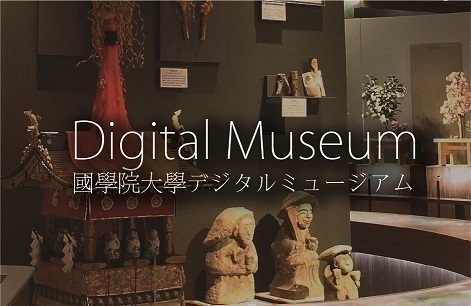- トップ
- Encyclopedia of Shinto
- Kamo no Mabuchi
Encyclopedia of Shinto
| Main Menu: | |
| Links: |
詳細表示 (Complete Article)
| カテゴリー1: | 8. Schools, Groups, and Personalities |
|---|---|
| カテゴリー2: | Personalities |
| Title | Kamo no Mabuchi |
| Text | (1697-1769) Scholar of National Learning (kokugaku) of the mid-Edo period. Known as one of the "Four Great kokugaku Scholars" (kokugaku shitaijin), Kamo was born in 1697 in the domain of Enshū Hamamatsu (in present-day Shizuoka Prefecture) as the third son of Okabe Masanobu (1653-1732), descendent of a minor branch of the Kamo clan of Kyoto. Kamo no Mabuchi became a disciple of Kada no Azumamaro (1669-1736) and also studied under Sugiura Kuniakira (1677-1740), the founder of the Enshū kokugaku school, together with Sugiura's wife Masaki. Kamo was first introduced to Kada in 1720 at a poetry gathering held by the provincial ruling family. Kamo traveled to Kyoto in 1728 to enter Kada's academy, and again journeyed to Kyoto in 1735 to study directly under him for approximately six months. After Kada's death in 1737, Kamo visited Edo for the first time, where he was aided by Kada no Arimaro (1706-51) and others. He began lecturing to students and writing, establishing Edo as his base of operations. In 1746, when Kamo was fifty years old, Kada no Arimaro recommended him to the post of wagaku goyō (Special Consultant for Japanese Studies) to the Tayasu clan, and until 1760 he served in that capacity under Tayasu Munetake (1715-1771), second son of the eighth Shogun Tokugawa Yoshimune. Kamo's writing of this time reflected his veneration of the strength and simplicity of the unadorned poetics of ancient times, and he especially stressed the importance of the poetic style of the Man'yōshū, exploring a poetic sensibility based on this work and promoting the establishment of a school of thought venerating Japan of ancient times. This is most completely represented in Mabuchi's Kokuikō (A Study of the Idea of the Nation). Kamo's activities in Edo contributed to the rise in popularity of National Learning, primarily among the samurai and merchants of the capital. After he retired from service to the Tayasu family, Kamo moved to Hamachō (in Edo's Nihonbashi district) in 1764, where he established the Agatai, an academy where he actively devoted his later years to his writing and the education of his disciples. His most famous students included Motoori Norinaga (1730-1801) and Murata Harumi (1746-1811). Kamo died on the thirtieth day of the tenth month of 1769 at the age of seventy-three. He was the author of many works, including Engishiki noritokai (Commentary on the Liturgical Prayers of the Engishiki), Goikō (bun/ka/koku/go/sho) (Five Ancient Matters [Literature, Poetry, Nativism, Language and Writing]), Man'yōkai, Kanjikō, Niimanabi and Noritokō. - Mori Mizue |




